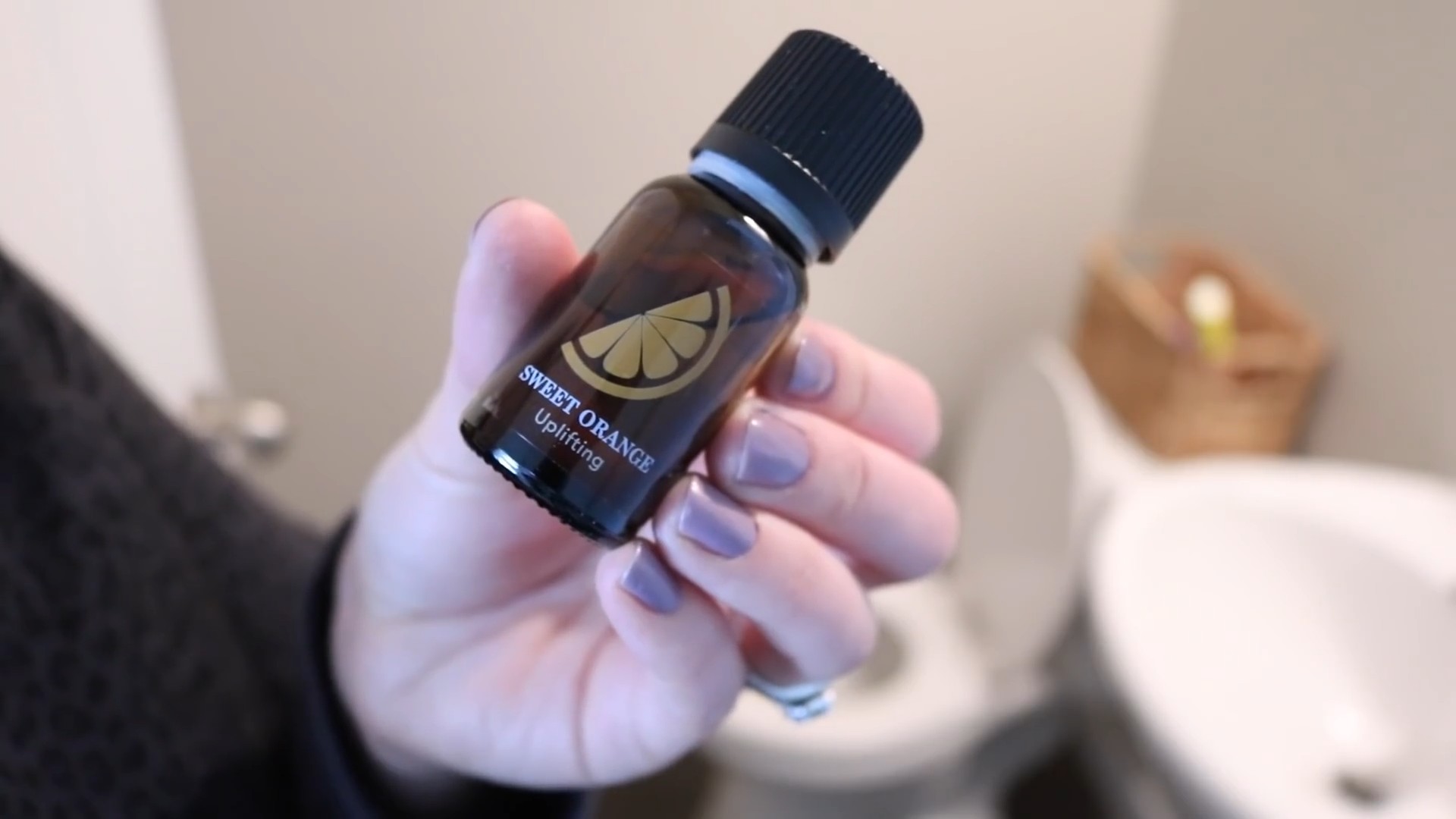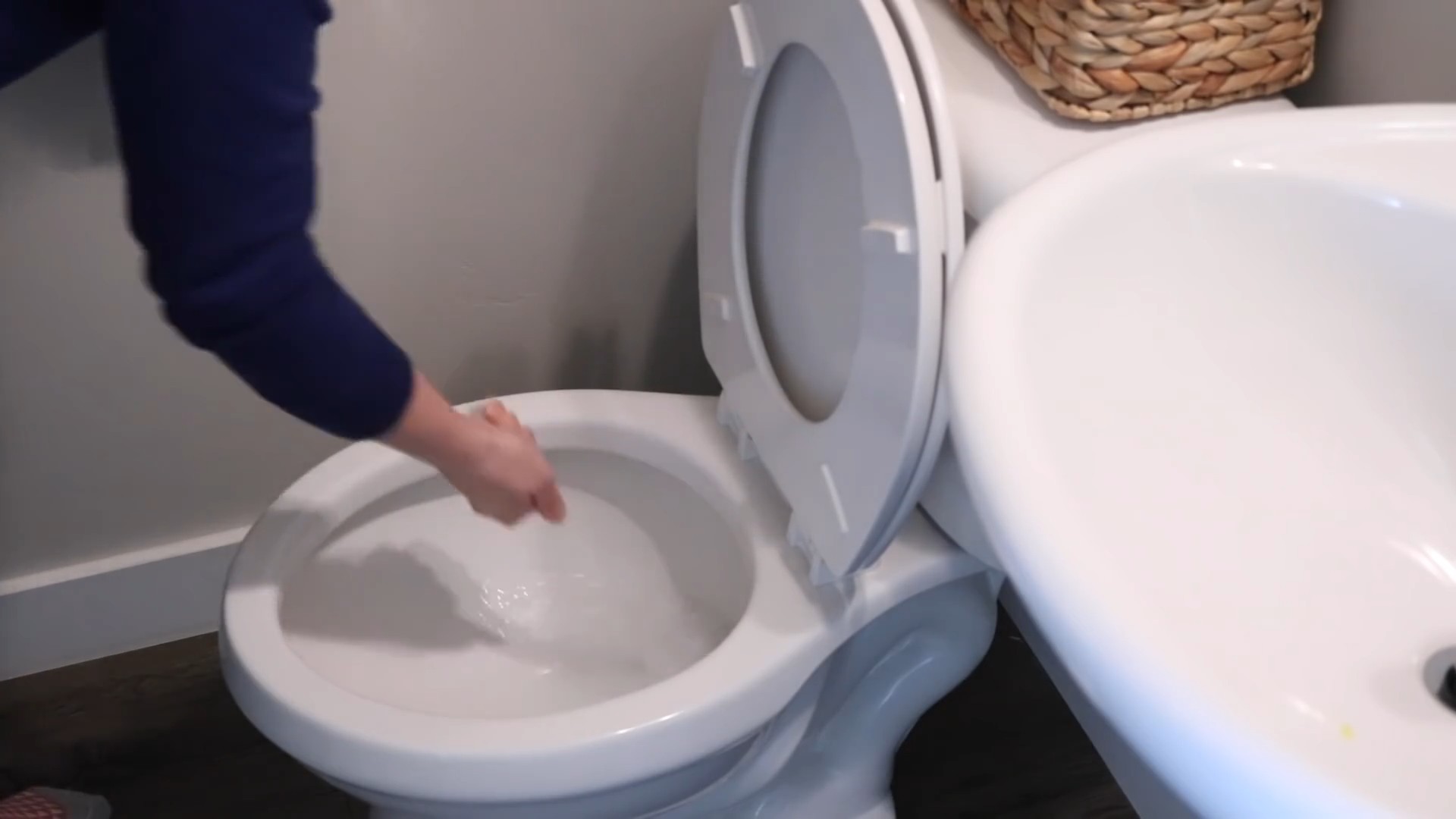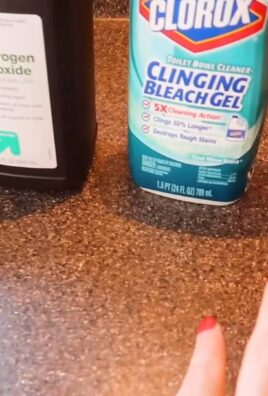Baking Soda Cleaning Hacks: Unlock the sparkling secrets hidden in your pantry! Are you tired of harsh chemicals and endless scrubbing? I know I am! Imagine a world where cleaning is not only effective but also eco-friendly and budget-friendly. Well, stop imagining because that world is within your reach, thanks to the humble baking soda.
Baking soda, or sodium bicarbonate, isn’t just for baking delicious treats. Its cleaning prowess has been recognized for generations. From ancient Egyptians using natron (a naturally occurring form of sodium carbonate) for cleaning to our grandmothers relying on baking soda for everything from deodorizing refrigerators to polishing silverware, this versatile powder has a rich history of keeping homes fresh and clean.
But why should *you* embrace baking soda cleaning hacks? In today’s world, we’re all looking for ways to simplify our lives, reduce our environmental impact, and save money. Baking soda offers a trifecta of benefits: it’s a natural, non-toxic alternative to harsh chemical cleaners, it’s incredibly affordable, and it’s surprisingly effective on a wide range of cleaning tasks. From tackling stubborn stains to eliminating unpleasant odors, I’m going to show you how to harness the power of baking soda to transform your cleaning routine. Get ready to discover some amazing DIY cleaning solutions that will leave your home sparkling and your conscience clear!

Unlocking the Cleaning Powerhouse: Amazing Baking Soda Hacks You Need to Know!
Hey there, fellow cleaning enthusiasts! I’m always on the lookout for budget-friendly and effective ways to keep my home sparkling. And guess what? I’ve discovered the magic of baking soda! This humble ingredient, often relegated to the back of the pantry, is a cleaning superhero in disguise. Get ready to be amazed by these incredible baking soda hacks that will transform your cleaning routine.
Hack 1: Reviving Your Mattress
Is your mattress starting to smell a little…lived in? Don’t worry, baking soda is here to rescue you! This is one of my favorite ways to freshen up my bedroom without harsh chemicals.
What you’ll need:
* Baking soda
* Essential oil (optional, for a fresh scent)
* Sieve or shaker
* Vacuum cleaner with upholstery attachment
Step-by-step instructions:
1. Prepare the baking soda: In a bowl, mix baking soda with a few drops of your favorite essential oil (lavender, tea tree, or eucalyptus are great choices). This step is optional, but it adds a lovely, subtle fragrance to your mattress. I usually use about 10 drops of essential oil per cup of baking soda.
2. Sprinkle evenly: Using a sieve or shaker, evenly distribute the baking soda mixture over the entire surface of your mattress. Don’t be shy! You want a good, even coating.
3. Let it sit: This is the crucial part! Allow the baking soda to sit on the mattress for at least 4 hours, or even better, overnight. The baking soda will absorb odors, moisture, and any lingering nasties. I usually do this in the morning and let it sit all day while I’m at work.
4. Vacuum thoroughly: Using the upholstery attachment of your vacuum cleaner, thoroughly vacuum the entire mattress surface. Make sure to get into all the nooks and crannies. You might need to go over it a few times to remove all the baking soda.
5. Flip and repeat: Flip the mattress and repeat steps 2-4 on the other side. This ensures a completely refreshed and revitalized mattress.
Hack 2: Deodorizing Your Fridge
Lingering food odors in the fridge? Baking soda to the rescue! This is a classic for a reason – it really works!
What you’ll need:
* Baking soda
* Small, open container (like a jar or bowl)
Step-by-step instructions:
1. Prepare the baking soda: Simply pour about half a cup of baking soda into the open container.
2. Place in the fridge: Place the container of baking soda in the back of your fridge, where it won’t be easily knocked over.
3. Replace regularly: Replace the baking soda every month or so, or more frequently if you notice odors returning. I usually write the date I put it in on a piece of tape and stick it to the container so I remember when to change it.
Bonus tip: For extra odor-fighting power, you can also sprinkle a thin layer of baking soda on the bottom of your crisper drawers.
Hack 3: Cleaning Your Oven
Cleaning the oven is one of those chores we all dread, but baking soda can make it much easier! This method is natural and avoids harsh chemicals.
What you’ll need:
* Baking soda
* Water
* Spray bottle
* Spatula or scraper
* Damp cloth or sponge
Step-by-step instructions:
1. Prepare the baking soda paste: In a bowl, mix baking soda with enough water to form a thick paste. The consistency should be similar to toothpaste.
2. Coat the oven: Spread the baking soda paste evenly over the interior surfaces of your oven, avoiding the heating elements. Focus on areas with baked-on grease and grime. I usually wear gloves for this step to avoid getting my hands messy.
3. Let it sit overnight: This is key! Allow the baking soda paste to sit in the oven overnight (or for at least 12 hours). This gives the baking soda time to loosen the grime.
4. Scrub and scrape: The next day, use a spatula or scraper to remove the loosened grime and baking soda paste. You might need to use a little elbow grease for stubborn spots.
5. Wipe clean: Use a damp cloth or sponge to wipe away any remaining baking soda residue. Rinse the cloth frequently.
6. Spray and wipe (optional): For extra cleaning power, you can spray the oven with a mixture of water and vinegar (equal parts) and wipe it down again. This will help to neutralize any remaining baking soda and leave your oven sparkling.
Hack 4: Unclogging Drains
A clogged drain is a major inconvenience, but baking soda can often clear it without the need for harsh chemicals or a plumber!
What you’ll need:
* Baking soda
* Vinegar
* Boiling water
Step-by-step instructions:
1. Pour in baking soda: Pour about 1 cup of baking soda down the clogged drain.
2. Add vinegar: Follow with 1 cup of vinegar.
3. Let it fizz: Let the mixture fizz and bubble for about 30 minutes. The chemical reaction between the baking soda and vinegar helps to break down the clog.
4. Flush with boiling water: After 30 minutes, carefully pour a pot of boiling water down the drain. This will help to flush away the loosened debris.
5. Repeat if necessary: If the drain is still clogged, repeat the process. For particularly stubborn clogs, you might need to repeat it several times.
Important note: Be careful when pouring boiling water down the drain, especially if you have PVC pipes.
Hack 5: Polishing Silverware
Tarnished silverware can look dull and unappealing, but baking soda can bring back its shine!
What you’ll need:
* Baking soda
* Aluminum foil
* Boiling water
* Large bowl or container
* Soft cloth
Step-by-step instructions:
1. Line the bowl: Line the bottom of a large bowl or container with aluminum foil, shiny side up.
2. Add baking soda and water: Add about 1 tablespoon of baking soda per cup of boiling water to the bowl.
3. Submerge the silverware: Carefully place the tarnished silverware in the bowl, making sure it touches the aluminum foil.
4. Let it soak: Let the silverware soak in the solution for about 5-10 minutes. You should see the tarnish start to disappear.
5. Remove and polish: Remove the silverware from the bowl and rinse it with water. Use a soft cloth to polish it dry.
How it works: The aluminum foil reacts with the tarnish (silver sulfide) and transfers it from the silverware to the foil.
Hack 6: Cleaning Grout
Dirty grout can make your tiles look dingy, but baking soda can help restore their sparkle!
What you’ll need:
* Baking soda
* Water
* Old toothbrush or grout brush
* Spray bottle (optional)
Step-by-step instructions:
1. Prepare the baking soda paste: Mix baking soda with enough water to form a thick paste.
2. Apply to grout: Apply the baking soda paste to the grout lines. You can use your fingers or a small spatula to apply it.
3. Scrub the grout: Use an old toothbrush or grout brush to scrub the grout lines.
4. Rinse with water: Rinse the grout lines with water. You can use a spray bottle to make rinsing easier.
5. Repeat if necessary: For stubborn stains, you might need to repeat the process.
Bonus tip: For extra cleaning power, you can spray the grout with a mixture of water and vinegar (equal parts) before scrubbing.
Hack 7: Freshening Up Carpets
Baking soda can also be used to freshen up your carpets and remove odors.
What you’ll need:
* Baking soda
* Essential oil (optional)
* Sieve or shaker
* Vacuum cleaner
Step-by-step instructions:
1. Prepare the baking soda: In a bowl, mix baking soda with a few drops of your favorite essential oil (optional).
2. Sprinkle evenly: Using a sieve or shaker, evenly distribute the baking soda mixture over the entire carpet.
3. Let it sit: Allow the baking soda to sit on the carpet for at least 30 minutes, or even longer for heavily soiled carpets.
4. Vacuum thoroughly: Vacuum the carpet thoroughly to remove the baking soda

Conclusion
So, there you have it! These baking soda cleaning hacks are not just simple; they’re transformative. We’ve explored how this humble pantry staple can become your go-to solution for everything from scrubbing stubborn stains to deodorizing your entire home. The versatility of baking soda is truly remarkable, and its effectiveness is undeniable.
Why is this DIY approach a must-try? Because it’s economical, eco-friendly, and incredibly effective. Forget harsh chemicals and expensive cleaning products. Baking soda offers a natural, safe, and budget-friendly alternative that delivers impressive results. You’ll save money, reduce your environmental impact, and enjoy a cleaner, fresher home – all thanks to the power of baking soda.
But the magic doesn’t stop there. Feel free to experiment and adapt these hacks to suit your specific needs. For instance, if you’re tackling particularly tough grease stains in the kitchen, try adding a few drops of dish soap to your baking soda paste for extra cleaning power. Or, if you’re looking to freshen up your carpets, consider mixing baking soda with a few drops of your favorite essential oil before sprinkling it on. Lavender, lemon, and eucalyptus are all excellent choices for a refreshing scent.
Another fantastic variation is to create a baking soda-based scouring powder. Simply combine baking soda with a bit of salt and a few drops of essential oil. This homemade scouring powder is perfect for cleaning sinks, tubs, and other surfaces that need a little extra scrubbing. Remember to always test any cleaning solution in an inconspicuous area first to ensure it doesn’t damage the surface.
We’ve covered a wide range of applications, from cleaning your oven and microwave to unclogging drains and freshening up your refrigerator. But the possibilities are truly endless. Baking soda can also be used to remove stains from clothing, polish silverware, and even soothe minor skin irritations. It’s a true multi-purpose wonder!
We are confident that once you experience the cleaning prowess of baking soda, you’ll wonder how you ever lived without it. It’s a game-changer for anyone looking to simplify their cleaning routine and embrace a more natural approach to home care.
Now, it’s your turn! We wholeheartedly encourage you to try these baking soda cleaning hacks and discover the amazing benefits for yourself. Don’t be afraid to experiment, get creative, and find new ways to incorporate baking soda into your cleaning routine.
And most importantly, we want to hear about your experiences! Share your tips, tricks, and success stories in the comments below. Let us know which baking soda cleaning hacks worked best for you, and if you discovered any new and innovative uses for this versatile ingredient. Your feedback will not only help us improve our content but also inspire other readers to embrace the power of baking soda. Let’s create a community of baking soda enthusiasts and share our knowledge to make cleaning easier, more affordable, and more environmentally friendly for everyone. So, go ahead, grab that box of baking soda, and get ready to transform your cleaning routine! We can’t wait to hear about your results!
Frequently Asked Questions (FAQs)
What exactly makes baking soda such an effective cleaning agent?
Baking soda, also known as sodium bicarbonate, possesses several properties that make it an excellent cleaning agent. Firstly, it’s a mild alkali, which means it can react with acids to neutralize odors and dissolve dirt and grease. Secondly, it has a gentle abrasive quality, making it effective for scrubbing surfaces without causing damage. Finally, it’s a natural deodorizer, absorbing and neutralizing unpleasant smells rather than just masking them. This combination of properties makes baking soda a versatile and effective cleaning solution for a wide range of applications.
Is baking soda safe to use on all surfaces?
While baking soda is generally safe for most surfaces, it’s always a good idea to test it in an inconspicuous area first, especially on delicate or sensitive materials. Avoid using baking soda on surfaces that are easily scratched, such as polished wood or certain types of plastic. For surfaces like marble or granite, use baking soda sparingly and with caution, as prolonged exposure can potentially dull the finish. Always rinse thoroughly after cleaning with baking soda to remove any residue. When in doubt, consult the manufacturer’s instructions for the specific surface you’re cleaning.
Can I use baking soda to clean my oven?
Yes, baking soda is a fantastic natural oven cleaner. To clean your oven with baking soda, make a paste of baking soda and water and spread it all over the interior surfaces, avoiding the heating elements. Let the paste sit overnight, or for at least 12 hours. The next day, wipe away the paste with a damp cloth. For stubborn stains, you may need to scrub a bit. Finally, spray the oven with white vinegar and wipe it clean. The vinegar will react with any remaining baking soda, creating a fizzing action that helps to loosen any remaining grime. This method is a safe and effective alternative to harsh chemical oven cleaners.
How can I use baking soda to unclog a drain?
Baking soda can be a surprisingly effective drain cleaner. Start by pouring a cup of baking soda down the drain, followed by a cup of white vinegar. Let the mixture fizz for about 30 minutes. Then, flush the drain with hot water. The baking soda and vinegar react to create carbon dioxide, which helps to loosen and break down clogs. For particularly stubborn clogs, you may need to repeat the process. This method is a safer and more environmentally friendly alternative to chemical drain cleaners.
Does baking soda really eliminate odors?
Yes, baking soda is a highly effective odor eliminator. It works by absorbing and neutralizing odor molecules rather than just masking them with a fragrance. To deodorize your refrigerator, simply place an open box of baking soda inside. You can also sprinkle baking soda in your shoes, carpets, or garbage cans to eliminate unpleasant smells. For a more potent deodorizer, create a baking soda paste and apply it to surfaces that are emitting odors. Let the paste dry completely, then vacuum or wipe it away.
How often should I replace the baking soda in my refrigerator?
It’s recommended to replace the box of baking soda in your refrigerator every three months. Over time, the baking soda will become saturated with odors and lose its effectiveness. To keep your refrigerator smelling fresh, mark your calendar to remind yourself to replace the baking soda regularly. You can also use the old baking soda for cleaning purposes, such as scrubbing sinks or cleaning drains.
Can I use baking soda to remove stains from clothing?
Yes, baking soda can be used to remove stains from clothing. For fresh stains, sprinkle baking soda directly onto the stain and let it sit for a few hours to absorb the moisture and odor. Then, vacuum or brush away the baking soda. For more stubborn stains, make a paste of baking soda and water and apply it to the stain. Gently rub the paste into the fabric and let it sit for about 30 minutes. Then, wash the garment as usual. Baking soda is particularly effective for removing stains caused by grease, food, and sweat.
Are there any precautions I should take when using baking soda for cleaning?
While baking soda is generally safe, there are a few precautions to keep in mind. Avoid getting baking soda in your eyes, as it can cause irritation. If contact occurs, rinse thoroughly with water. Also, avoid inhaling large amounts of baking soda dust, as it can irritate your respiratory system. When cleaning with baking soda, wear gloves to protect your skin, especially if you have sensitive skin. And as mentioned earlier, always test any cleaning solution in an inconspicuous area first to ensure it doesn’t damage the surface.





Leave a Comment